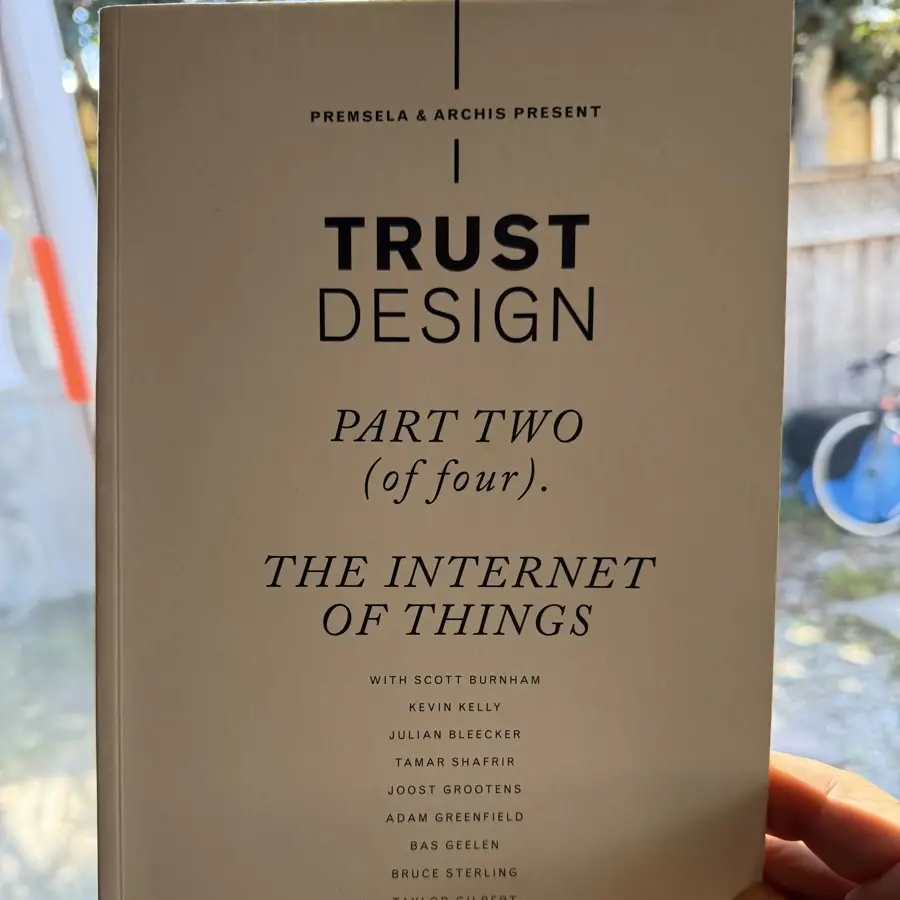A Partial Index of Near Future Laboratory Essays & Assorted Written Matter
Jan 22, 2025
Practical futuring means designing for the mundane, the everyday, and the ordinary. It’s about creating futures that are not just aspirational but also achievable, grounded in the realities of daily life. This essay is a short reflection on the importance of practical futuring and how it can lead to more meaningful and impactful design somewhat motivated by an old-ish article from The New York Times that came up in an unrelated bit of research.
Doing futures work often overlooks the felt signifance of mundane moments in our lives and how they shape our experiences, whether now or in some aspirational future....
Doing futures work often overlooks the felt signifance of mundane moments in our lives and how they shape our experiences, whether now or in some aspirational future....
futures designdesign fictionfuture mundaneeveryday futures

Dec 20, 2024
Design Fiction creates material artifacts that serve as evidence of possible futures, originating from science fiction's concept of diegetic prototypes. Like Star Trek's Tricorder, these objects tell stories about future worlds and their values. Design Fiction finds practical applications in product design, policy development, and strategic planning.
Speculative Design was developed to a degree at and through the Royal College of Art's Design Interactions program, which came out of the Interaction Design program. It (Speculative Design) functions as a kind of challenge existing systems, largely to ways of being. For example, projects like United Micro Kingdoms use provocative...
Speculative Design was developed to a degree at and through the Royal College of Art's Design Interactions program, which came out of the Interaction Design program. It (Speculative Design) functions as a kind of challenge existing systems, largely to ways of being. For example, projects like United Micro Kingdoms use provocative...
speculative designdesign fictioncritical designstrategic foresightdiegetic prototypes
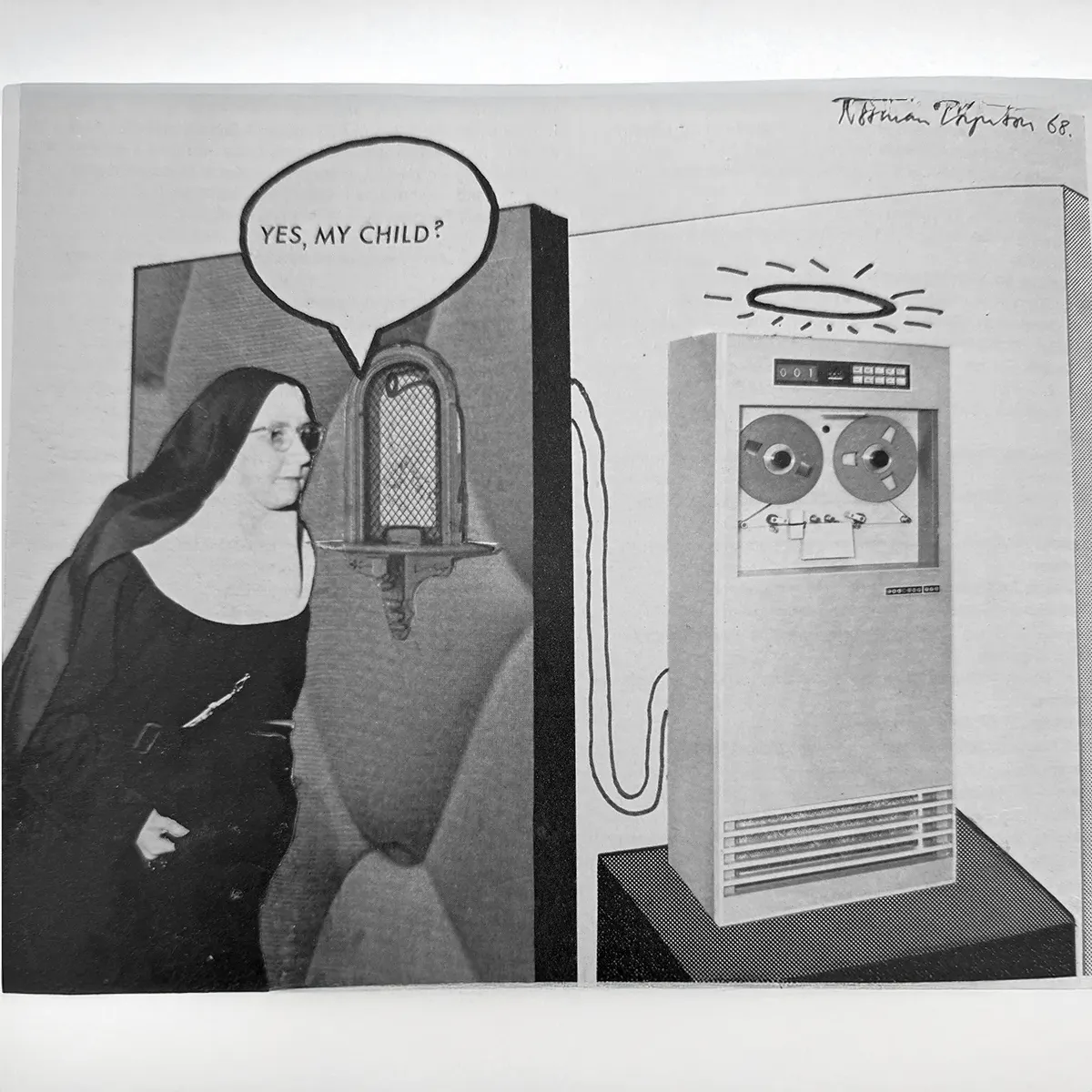
Dec 13, 2024
This essay examines the 1968 exhibition catalog Cybernetic Serendipity: The Computer and the Arts, a landmark exploration of how emerging technologies like computers extended human creativity. Edited by Jasia Reichardt, the catalog captured the interdisciplinary spirit of collaboration among artists, engineers, and scientists, showcasing algorithmic art, computer music, and interactive installations. By emphasizing unpredictability, process, and serendipity, the catalog aligns with contemporary ideas of Design Fiction, where technology is used to imagine speculative futures rather than deterministic solutions. Drawing parallels to AI, the essay advocates for human-machine partnerships that prioritize imagination, multiplicity, and creative exploration as a blueprint for future...
art+technologycreative practicebookbook reviewimagination
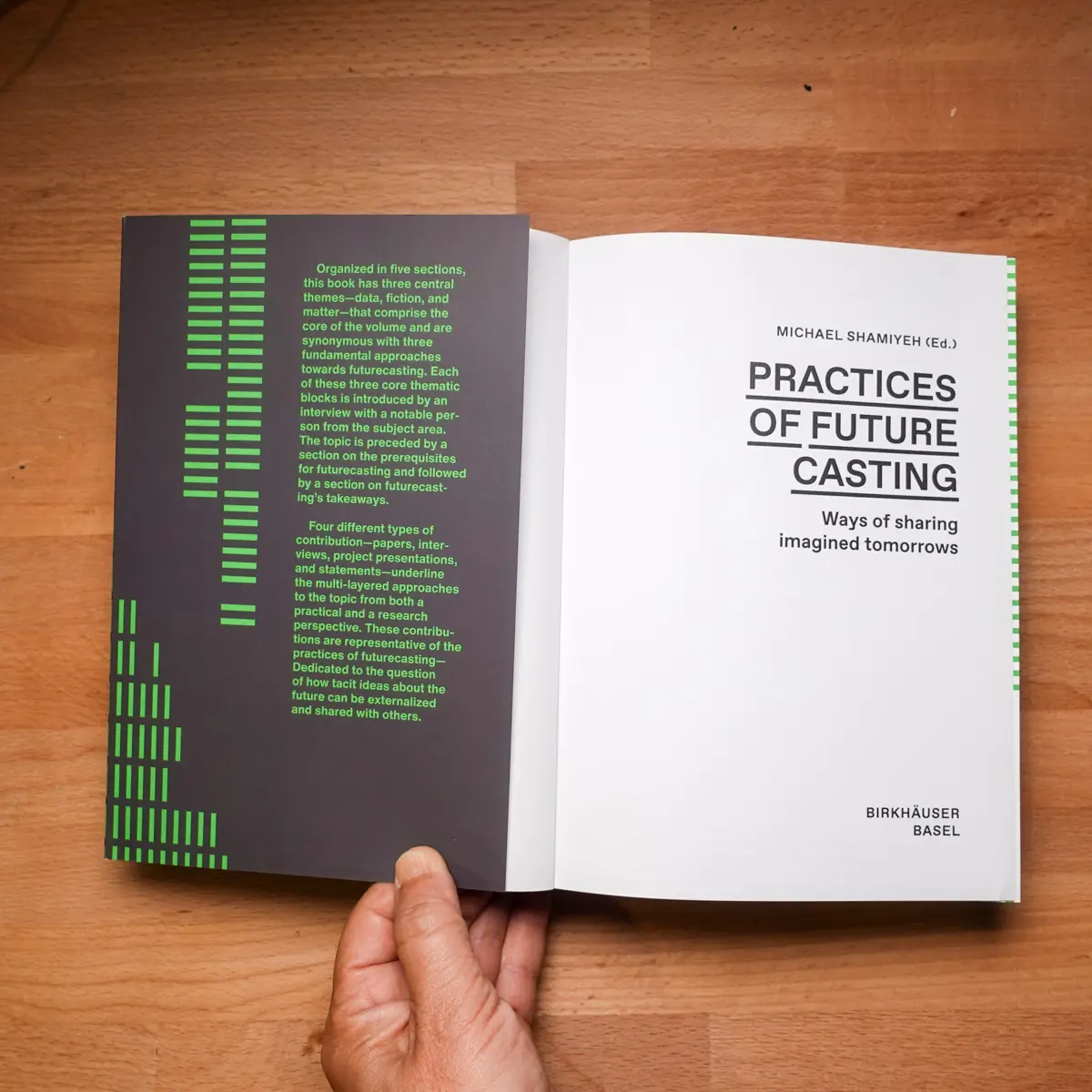
Nov 26, 2024
In Stories to Imagine Alternate Futures, Julian Bleecker and Tobias Revell craft an engaging exploration of the intersection between storytelling and speculative design, making a compelling case for narrative as a tool to reimagine the future. The essay opens by critiquing conventional approaches to foresight, which often rely on rigid frameworks of policy and data, failing to capture the messy, emotional, and subjective nature of how humans experience potential futures. Instead, the authors champion the imaginative and disruptive power of stories, arguing that they are uniquely capable of breaking through entrenched assumptions about what lies ahead.
design fictionfuture thinkingstorytellingworldbuildingimagination
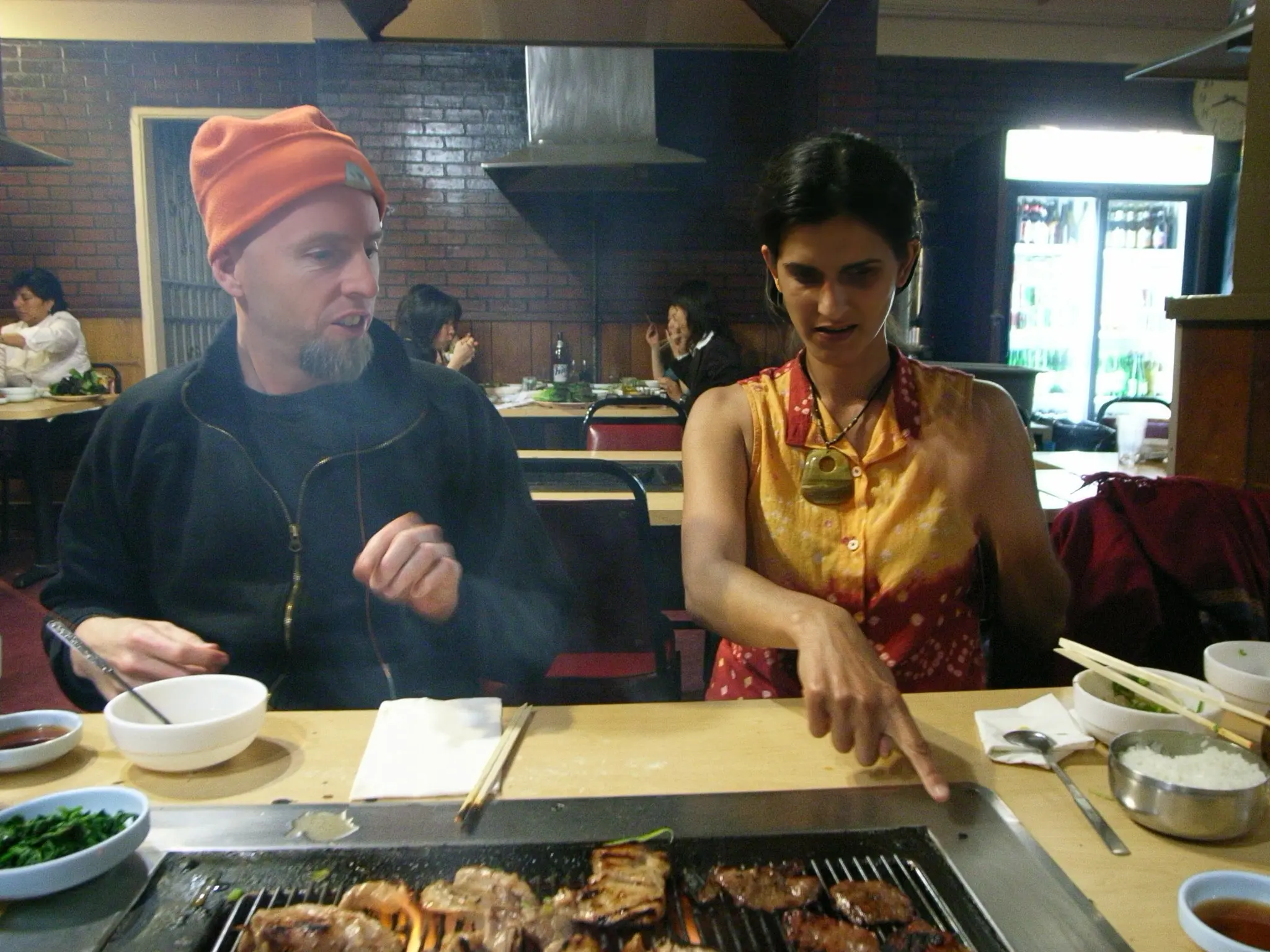
Nov 18, 2024
More than a biography, “Beatriz da Costa (un)disciplinary tactics” is a blueprint for how creative practices can reimagine technological development with empathy, exploration, and imagination. If you are interested in art, activism, and speculative design, this book will help you appreciate and learn from da Costa’s lasting influence and the transformative potential of art as a tool for public dialogue and social critique.
critical designart+technologyspeculative designIoT
Oct 05, 2024
The essay challenges the conventional approach to futures thinking, arguing that certified foresight professionals, with their structured methodologies and trend analysis, miss the point of what it means to truly imagine alternative futures. Using examples like Gary Hustwit’s experimental filmmaking and Bill Bowerman’s creation of the jogging culture, the essay posits that the most impactful futures aren’t predicted; they are crafted by people asking unconventional questions and making tangible artifacts from speculative possibilities. True futurists, the essay asserts, disrupt conventional wisdom and shape new cultural paradigms—not through reports and frameworks, but by creating provocative artifacts that push us to question,...
design fictionfuture thinking
Sep 23, 2024
The Seattleites who dug deep on their pockets to try out Virtual reality at the Video Tech Pavilion during Bumbershoot '92 walked away reeling from the imaginative, futuristic possibilities of the technology. In fact, the experience of dipping one senses into a three-dimensional computer graphics world had already found an appeal within the radical-chic cyberculture led by '60s icon Timothy Leary. Well-documented by the magazine Mondo 2000, this movement has added more than its share of hype to the technology.
virtual reality
Sep 22, 2024
Moving Beyond Fiction: A Practical Framework for Implementing Everyday Futures
A framework and approach ford developing a futures-oriented sensibility within an organization with practical implementation outlines. This shares some practical strategies for integrating futures thinking into corporate strategy, policy development, product design, and more. By focusing on the everyday futures, everyday applications and their tangible outcomes, we can expect that organizations would move beyond superficial futurism to create meaningful paths forward. This is an everyday futures framework that includes basic tools for implementation, evaluation metrics, and continuous improvement mechanisms.
design fictionfuture thinkingeveryday futuresfuture mundanestrategic foresightframeworkscorporate strategypolicy developmentproduct designimplementation toolssuccess metrics
Jun 23, 2022
By force of habit, most executives tune down their imagination when strategizing. This is counterproductive, the authors argue. Instead, they offer an alternative: Design fiction. A design technique that immerses executives and employees deeply in various possible futures, it uses artifacts such as short movies, fictitious newspaper articles and imaginary commercials to generate transformation roadmaps. Rooted in the future but helping to act in the present, design fiction results in concrete actions taken to adjust companies’ visions, strategies, and activities to create a better future. (Source: Harvard Business Review)
design fictionstrategyfuture thinking
Sep 29, 2011
Much like architecture, design functions as a materialization of speculative ideas, creating tangible objects that provoke reflection on how the world might be re-imagined. Through this lens, design is akin to storytelling—especially as it engages with the same speculative possibilities that science fiction does, albeit through material props rather than narrative alone. Bleecker argues that Design Fiction occupies a space between fact and fiction, exploring new social rituals and proposing innovative, non-incremental futures.
Design FictionScience Fictionspeculative designspeculative prototypingdiegetic prototypes
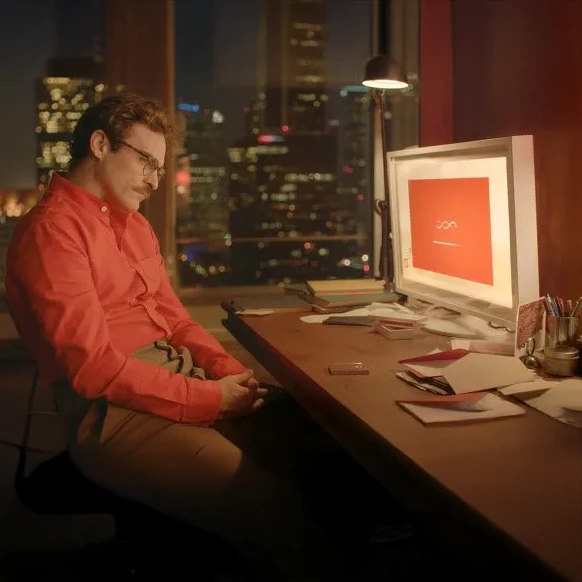
Sep 01, 2009
"Design Fiction" is the essay I wrote in 2009 while stuck in Helsinki one very snowy weekend with not much to do except wait for Monday. What I wrote was based on a series of presentations I had given trying to represent the way that science-fiction and science fact circulated amongst each other. Over the years since the concept has been taken up in a variety of disciplines and practices, mostly focused on the ways that fiction can be integrated into practices like Design, Engineering, Strategic Foresight, Business Strategy. I came to see that Design Fiction was what could describe...
design fictionessayscience-fiction
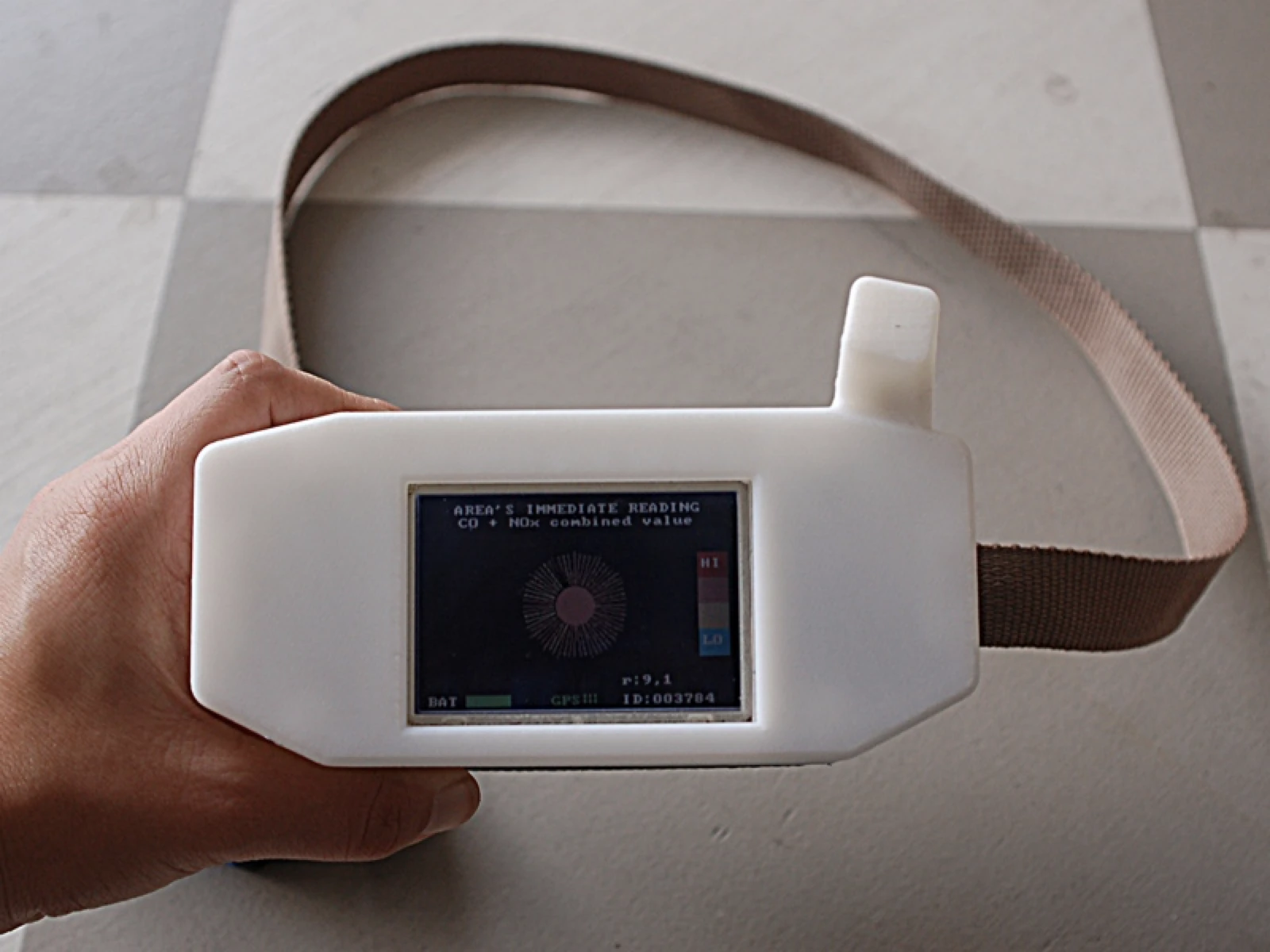
Apr 14, 2008
'A Manifesto for Networked Objects': As More Smart, Mobile, Sensing “Things” Are Attached to the Internet, Their Presence and Participation and Agency (Ability To Create Action) Can Be Felt In Our Online Lives. A Keynote given in the city of Turin at the fourth edition of the Piemonte Share Festival from 11 to 16 March 2008.
design fictionfutures thinkingarttechnologymanufacturingdesigndigital arts
Mar 22, 2008
The gang's data/trust centers are mobile, it's a paradigm shift. They're ahead of the curve. They're networked computers crammed floor to ceiling in shipping containers that have these infinite loop shipping manifests. You scan the container's bar code and it tells the shipping master to just put it on the next truck, rail, ship bound for wherever. They just keep moving. Maybe there are people in there. Legacy uplinks over GSM which makes it harder to track now that everything is 5G. If tracking even matters. It's as if someone plugged in a Bell Model 500 POTS and tried to...
design fictionfuture thinkingscience fiction
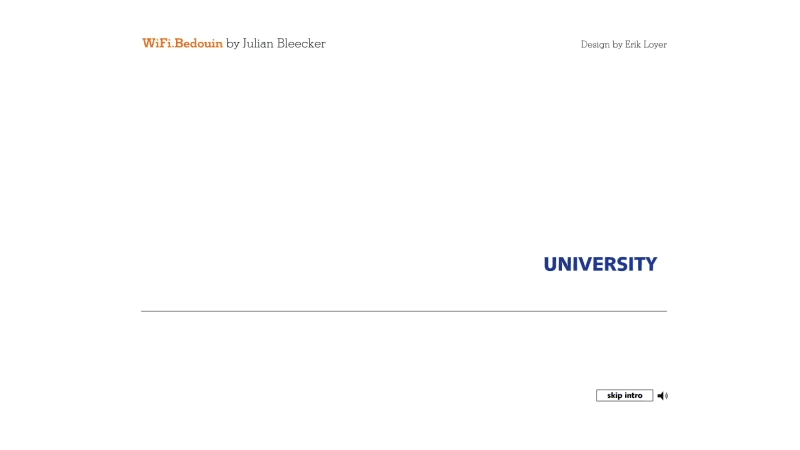
Apr 07, 2006
In "Wifi.Bedouin," "the concept of inserting wireless signals into unexpected places – and thereby suggesting new ways of thinking about the world – has been updated for the 21st century. The result is a compelling revision of the dominant logic of mobile and pervasive media, emphasizing locality over ubiquity and promoting awareness of the limits of even the most fetishized new technologies.
At the risk of suggesting that, to some extent, the medium of the Wifi.Bedouin provides its own message, Bleecker's device is perhaps best understood as a cognitive tool, a means of creating conceptual and technical possibilities rather than a...
At the risk of suggesting that, to some extent, the medium of the Wifi.Bedouin provides its own message, Bleecker's device is perhaps best understood as a cognitive tool, a means of creating conceptual and technical possibilities rather than a...
design fictionfuture thinking

Apr 06, 2006
Since the event “Locative Media Workshop: Mapping 'the Zone'” (http://locative.xi.com),
locative media has circulated through the emerging and electronic arts
communities with some interest. As a cultural marker for the developing interest in
locative media, this workshop stands in as an important moment in the developing
history of the practice, showing the creative uses to which Global Positioning System
(GPS) technology could be employed. This essay provides an introduction to
GPS-enabled locative media, provides a few examples of both GPS-enabled and other
forms of locative media, and launches a collaborative taxonomy and bibliography
project to annotate, index and catalog locative media projects, in the broadest sense.
locative mediaartgpsartgps enabled artgps artlocative media art
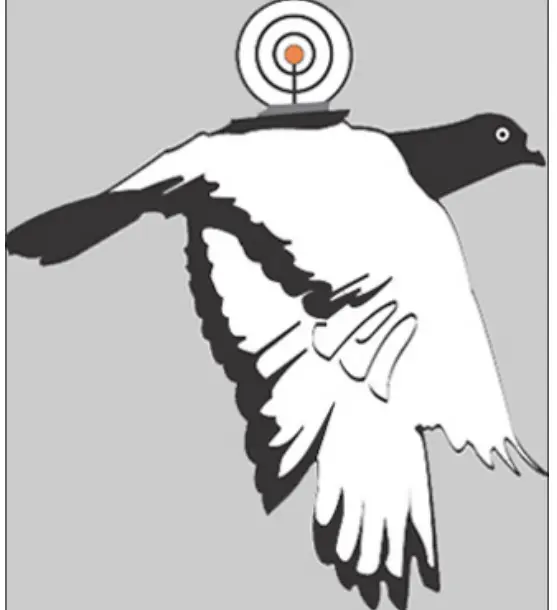
Feb 01, 2006
A Manifesto for Networked Objects — Cohabiting with Pigeons, Arphids and Aibos in the Internet of Things," explores the concept of the Internet of Things (IoT) and its implications for the interaction between humans and objects. It introduces the term "Blogjects," which refers to objects that blog and participate in the social web, contributing to the exchange of ideas and information. The document discusses how these networked objects, or Blogjects, can track their location, maintain histories of their encounters, and assert agency by influencing social discourse and actions.
The manifesto emphasizes the transformative potential of IoT, where objects...
networkscompanion speciesblogjectsfuture thinking
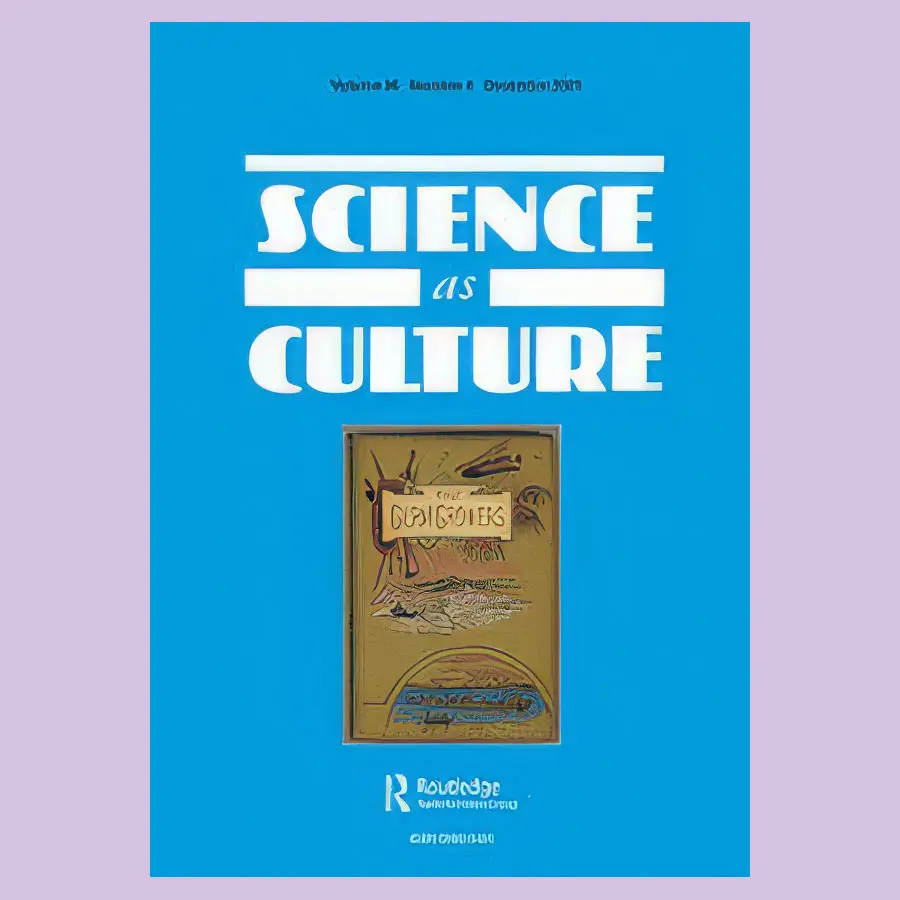
Nov 04, 2001
The essay The Race for Cyberspace: Information Technology in the Black Diaspora by Ron Eglash and Julian Bleecker examines the intersection of race and digital technology, drawing on Barbara Christian’s critique in The Race for Theory. The authors argue that academic and technological discourses often focus on the theoretical potential of information technology without sufficiently acknowledging the ways in which Black communities actively engage with and shape digital spaces.
Key themes of the essay include:
Digital Participation and Marginalization: The essay explores how Black communities participate in cyberspace, countering narratives that frame them as merely consumers rather than active contributors to technological...
Key themes of the essay include:
Digital Participation and Marginalization: The essay explores how Black communities participate in cyberspace, countering narratives that frame them as merely consumers rather than active contributors to technological...
historycyberspaceblack diaspora
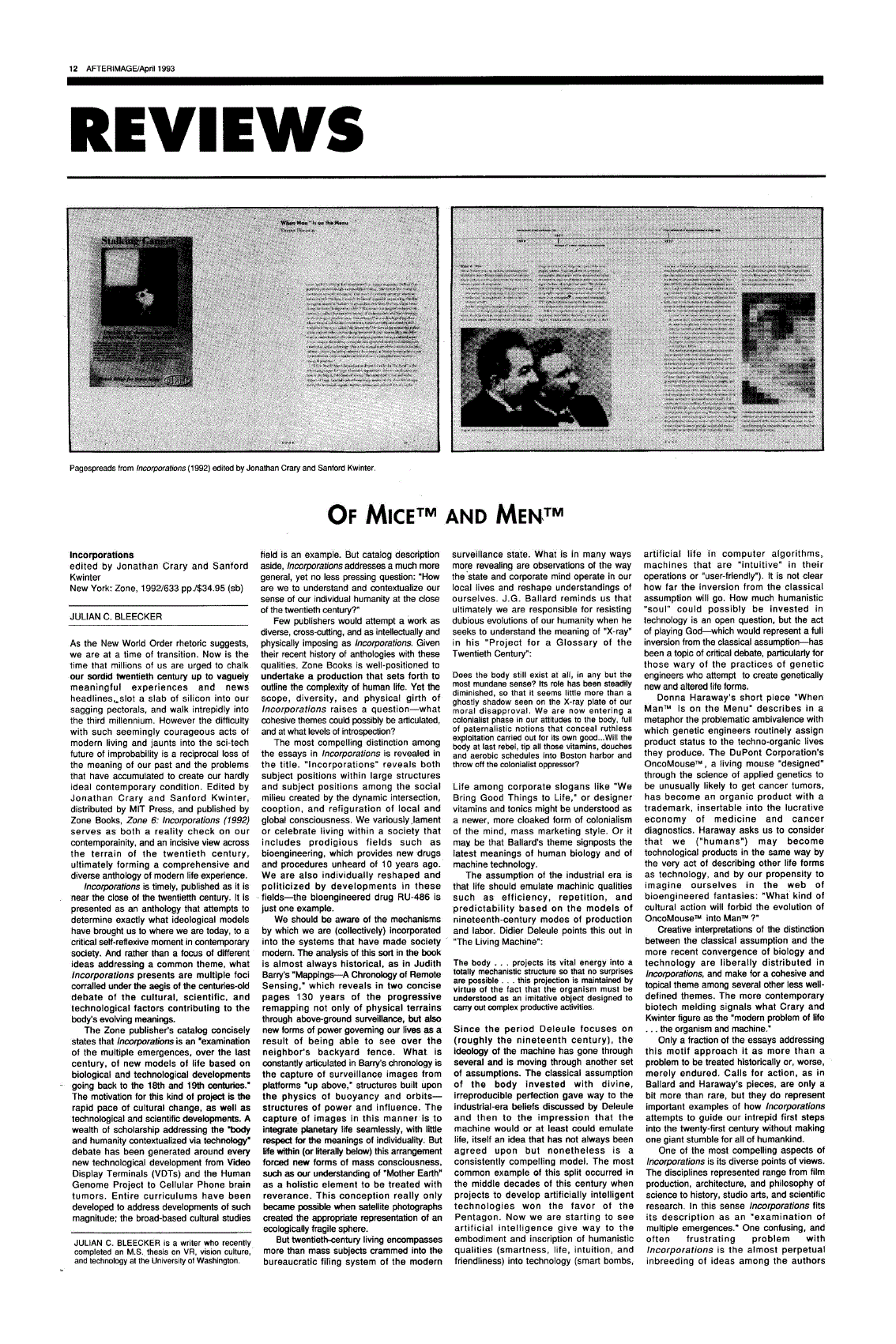
Apr 14, 1993
A review I wrote of Incorporations (Zone Books, 1992), a multidisciplinary anthology exploring the intersections of technology, culture, and humanity at the close of the twentieth century. Edited by Jonathan Crary and Sanford Kwinter, the book examines how advancements in biotechnology, surveillance, and artificial intelligence have reshaped the body and societal consciousness. With contributions from fields such as philosophy, architecture, and science, essays by Judith Barry, J.G. Ballard, and Donna Haraway critique the commodification of life and the evolving relationship between humans and technology. Incorporations challenges readers to reflect on modernity’s impact and the cultural frameworks shaping the future.
book reviewcritical theory
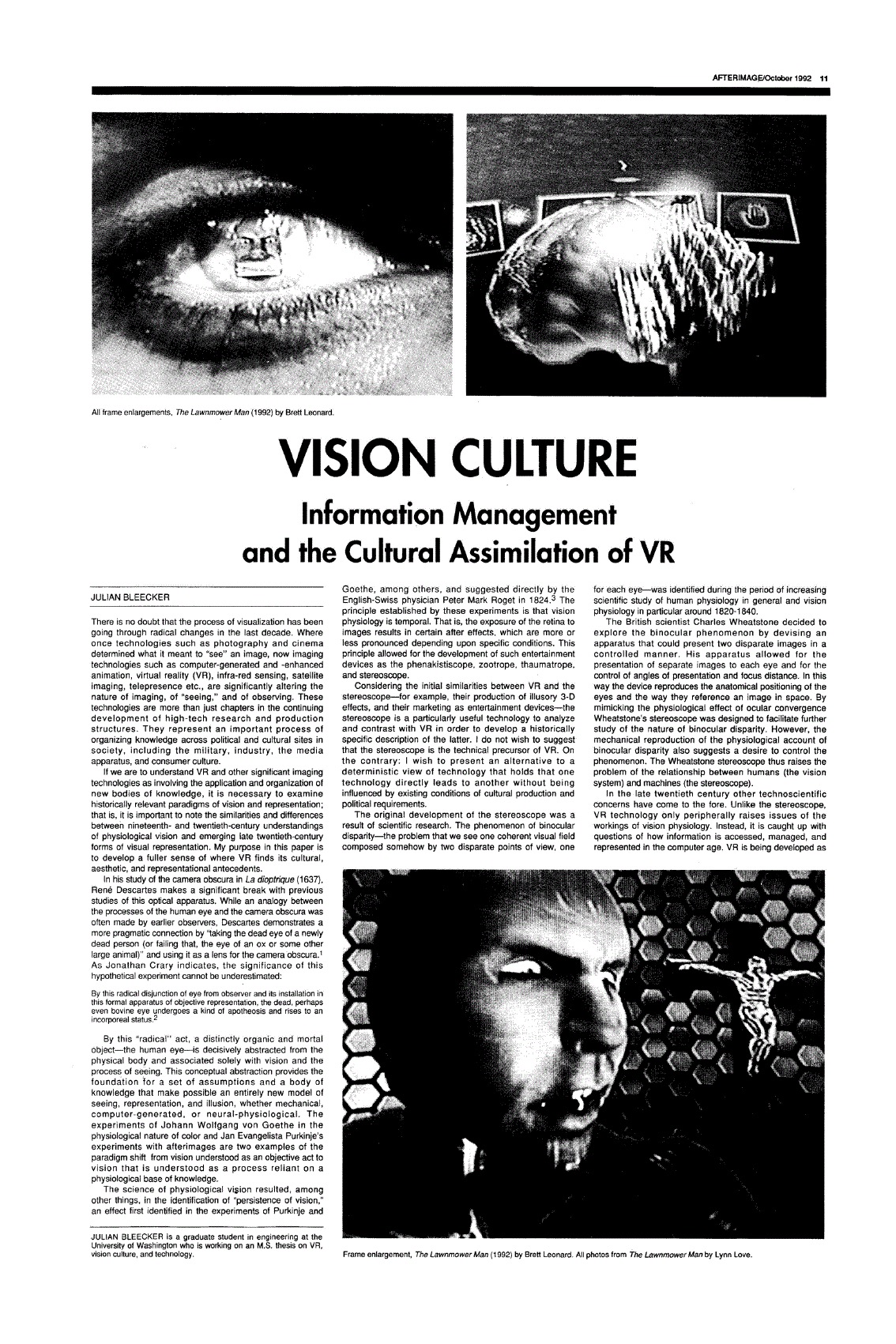
Feb 23, 1992
An essay from 1993 published in Afterimage, exploring the cultural assimilation of virtual reality and the impact of new imaging technologies on society. The essay examines the historical paradigms of vision and representation, drawing parallels between nineteenth-century physiological vision and late twentieth-century visual representation. Partial and bad OCR from a PDF while I try to get access to the original essay.
design fictionfuture thinking
